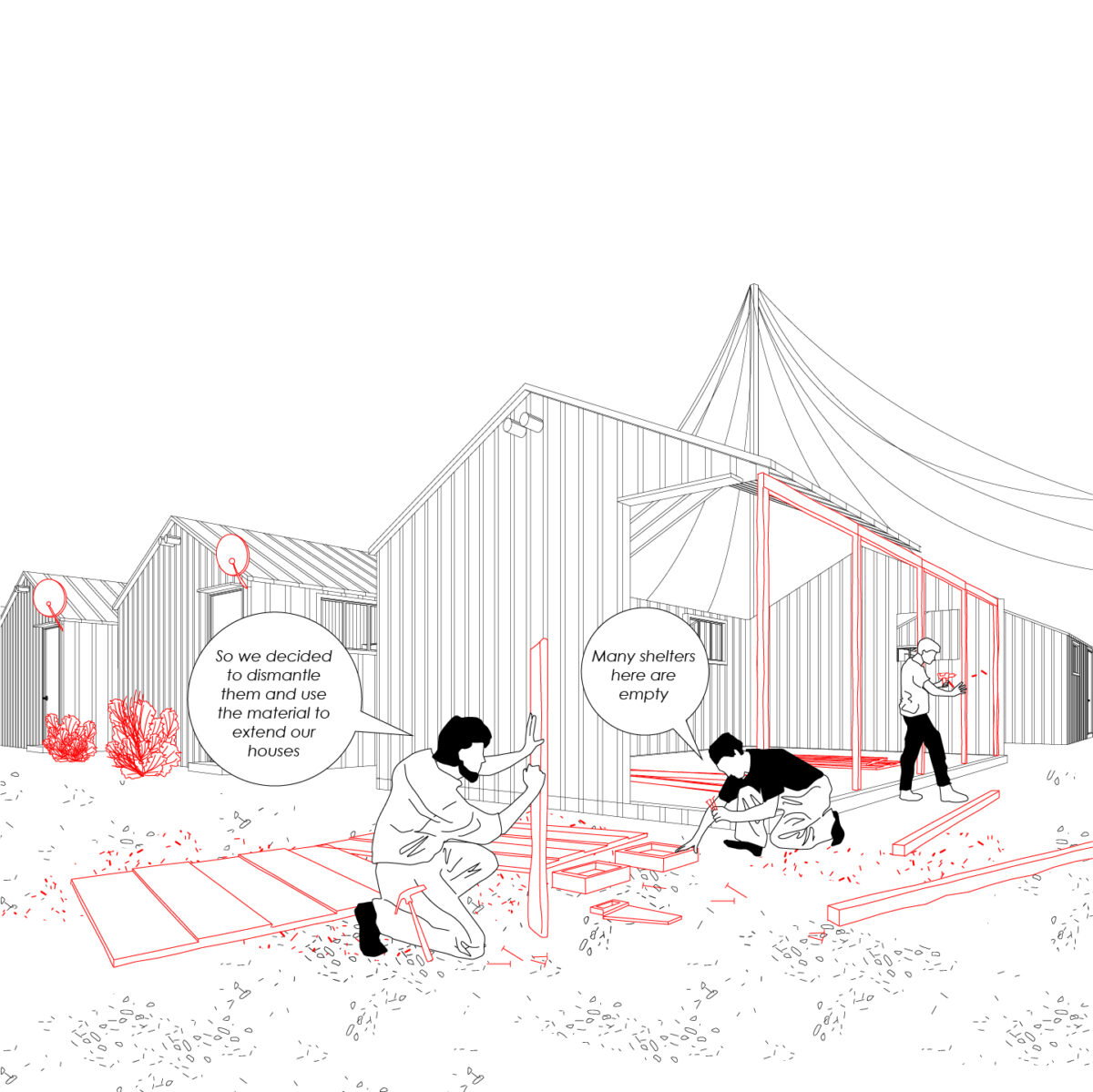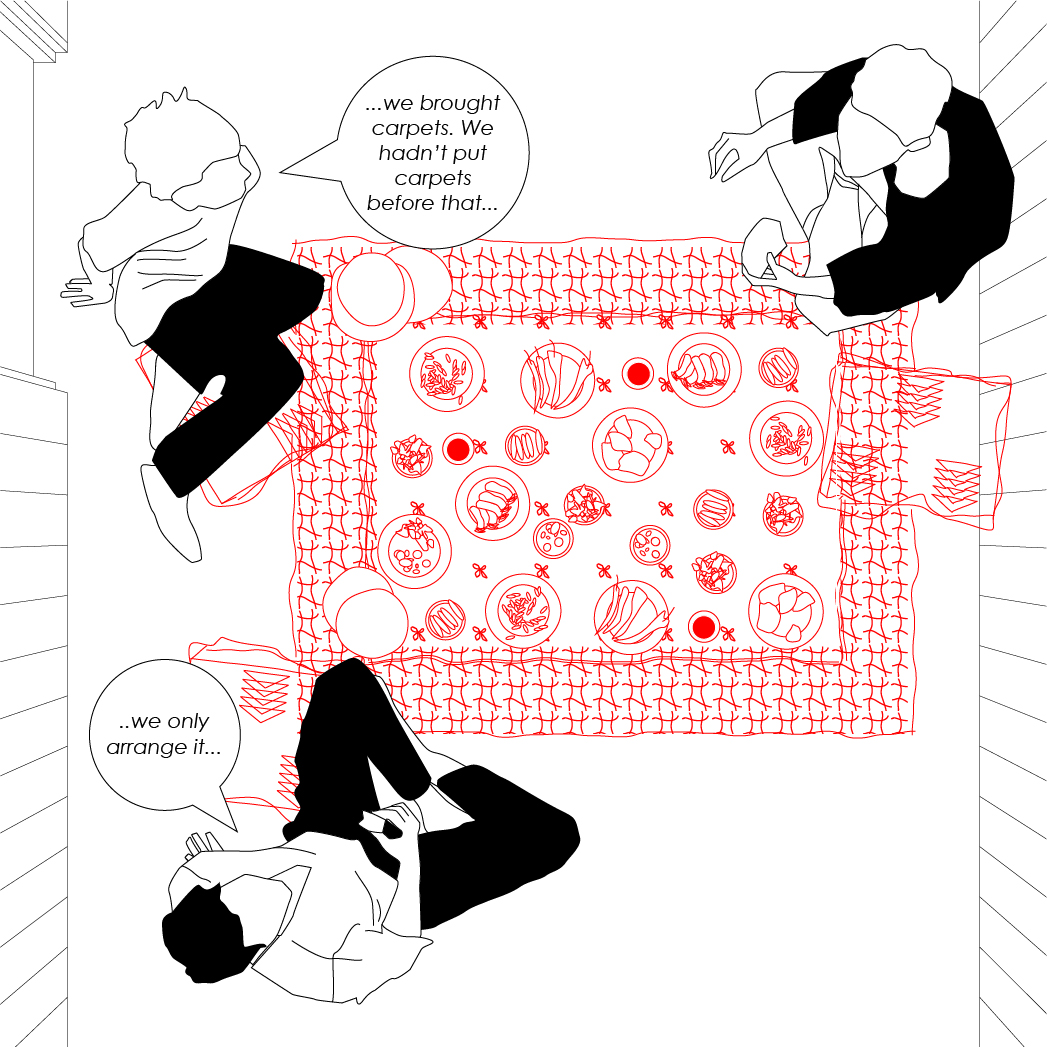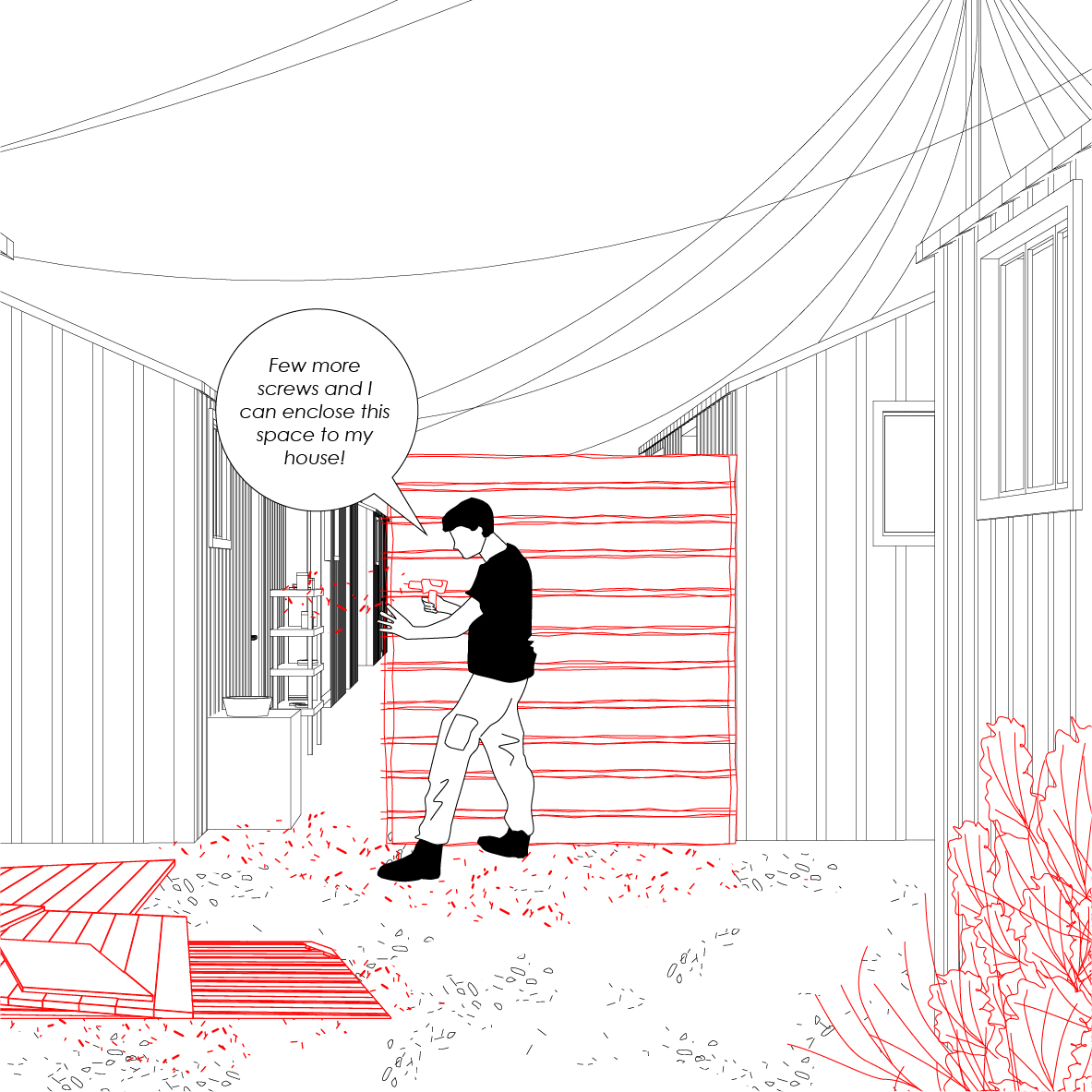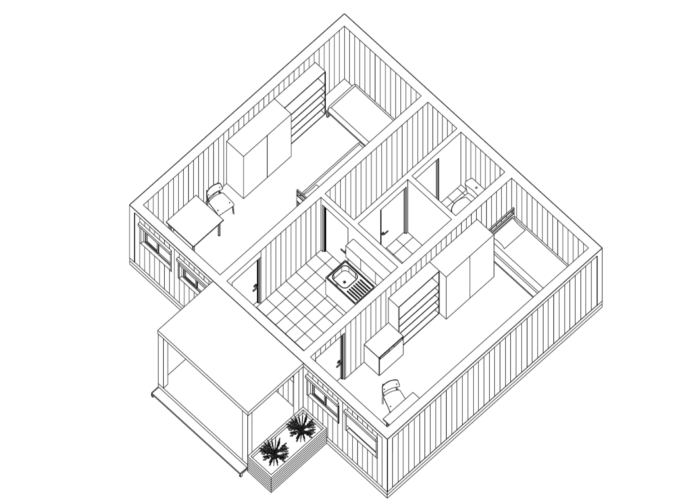Architectures of Asylum
Architectures of Asylum is a four-year project that was initiated by Philipp Misselwitz within the department of International Urbanism and Design (Habitat Unit) and was conducted by Ayham Dalal, in collaboration with Anna Steigemann, Aline Fraikin, Antonia Noll and Veronika Zaripova. The project was based at the Collaborative Research Center “Re-Figurations of Space” at the TU Berlin.
The focus is on the following research questions: What spatial knowledge do people make relevant to their particular situation in the state of hovering between place of origin, dramatic escape and the arriving and uncertain period of stay at an unfamiliar place of asylum? What is the relationship between the subjective experiences of space, which have been collected in different places and contexts? How do spatial constitutions change in their relationship dynamics with an ongoing period of time, and by what factors are changes influenced? Empirically, the study will focus on Syrian refugees who have found shelter at asylum centres as of 2011 in Jordan and Germany. The study is designed as a qualitative comparative study, which monitors the arrival and the establishment of refugees at different asylum centres and draws conclusions on the re-figuration process of space. As case studies, one refugee shelter is to be investigated in both Jordan and in Germany. In Germany the focus is on Berlin specifically the Berlin emergency accommodation facilities at Marzahn-Hellersdorf and Neukölln including the directly adjacent urban contexts. In Jordan, the UN refugee camp Zaatari is being investigated. The very different overall conditions to which the Syrian refugees are exposed in Jordan and Germany are intended to provide information on how the context of the asylum centre influences the spatial localisation and relocation process.
-
Year2018-2021
-
InstituteTechnische Universität Berlin
-
LocationGermany - Jordan
-
TeamPhilipp Misselwitz, Anna Steigemann, Aline Fraikin, Antonia Noll and Veronika Zaripova
-
Related Publication
-
Related Publication
-
Related Publication

-
 A sketch showing how refugees appropriated Azraq camp (Courtesy: Veronika Zaripova and Ayham Dalal)
A sketch showing how refugees appropriated Azraq camp (Courtesy: Veronika Zaripova and Ayham Dalal) -
 Although Berlin's new camp offer refugees a more comfortable space. Yet, they are being appropriated by refugees (Courtesy: Veronika Zaripova and Ayham Dalal)
Although Berlin's new camp offer refugees a more comfortable space. Yet, they are being appropriated by refugees (Courtesy: Veronika Zaripova and Ayham Dalal) -
 Refugees appropriating shelter in Azraq camp (Courtesy: Veronika Zaripova and Ayham Dalal)
Refugees appropriating shelter in Azraq camp (Courtesy: Veronika Zaripova and Ayham Dalal) -
 A perspective showing the container layouts in Berlin's refugee camps called Tempohomes (Courtesy: Veronika Zaripova and Ayham Dalal)
A perspective showing the container layouts in Berlin's refugee camps called Tempohomes (Courtesy: Veronika Zaripova and Ayham Dalal)